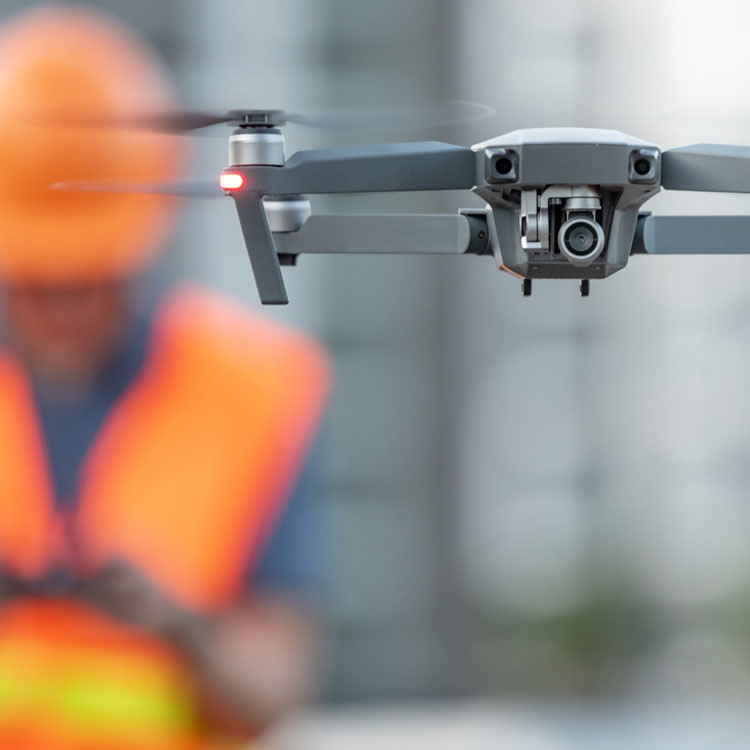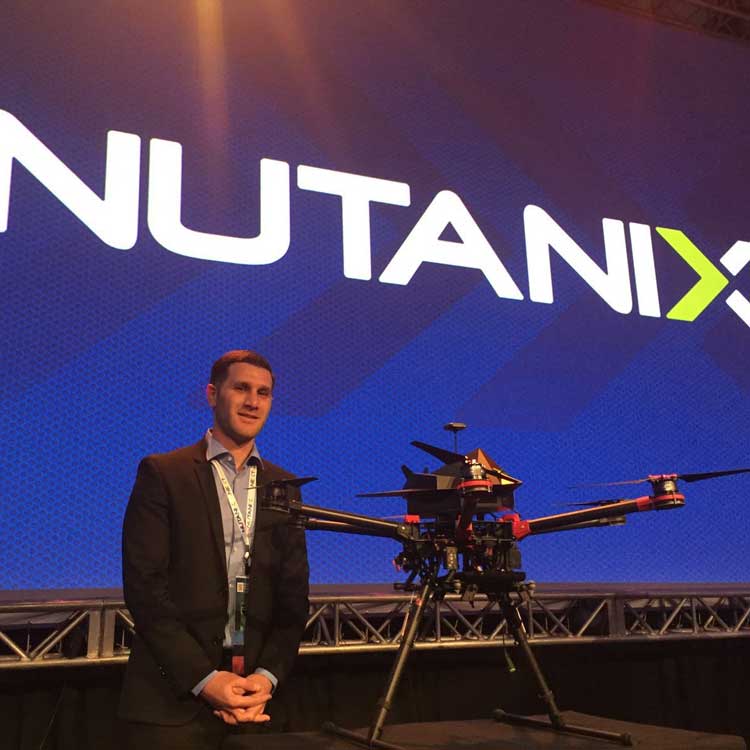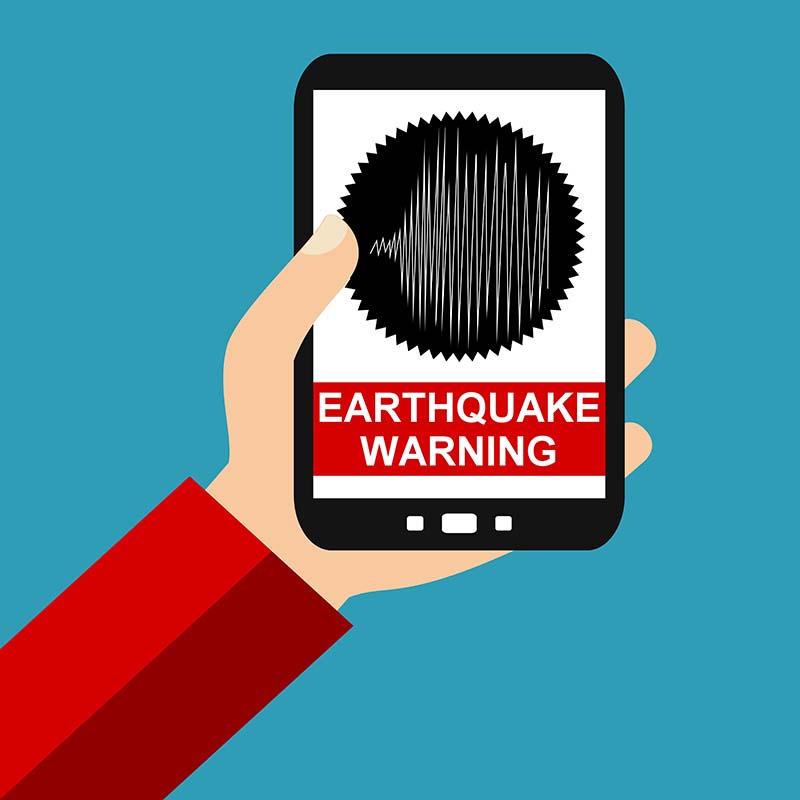In a scene that’s becoming all too familiar, plumes of smoke once again engulfed the American West in summer 2021. As of late August, there were nearly 100 large wildfires burning across the country, according to the National Interagency Fire Center (NIFC) – including the 725,000-plus-acre Dixie Fire, which is the largest single wildfire in California history.
Citing increased drought and warmer, drier conditions from human-caused climate change, the Center for Climate and Energy Solutions (C2ES) says fires are poised to remain an imminent danger for at least the next decade.
For that reason, researchers are exploring new ways that firefighters can save property and lives by leveraging new and emerging technology.
Outsmarting Wildfires
Researchers at Wayne State University call tech-centric firefighting “smart firefighting.”
“Firefighting is a dangerous job that requires split-second decisions based on immediately available information,” they explain in a case study that’s part of the 2018 publication Bridging the Cloud-to-Things Continuum. “Smart firefighting refers to the process of collecting and quickly analyzing onsite information before distributing it to fire responders.”
Smart firefighting employs a variety of technologies in order to collect data and transform it into real-time intelligence that firefighters can use at the scene of an inferno.
“For smart firefighting, timeliness and accuracy are two foremost system requirements,” the researchers from Wayne State University continue. “The more real-time accurate data the fire responders have, such as the firefighter’s location and physiological condition, the building floor plan, the locations of hazards, and the number of trapped occupants and their corresponding location, the higher probability of saving lives, ensuring firefighter safety and limiting fire damage.”
One organization that’s investigating how firefighter tech can help firefighters quickly contain fast-moving burns is the National Institute of Standards and Technology (NIST), which says innovations like drones and automated building sensors can collect real-time fire information without endangering humans.
“Operational effectiveness of the entire firefighting team is hampered by poor situational awareness,” NIST explains on its website. “The availability of [remote sensing technology] would enable a transformational change in the use of information by the firefighter and incident commander, enabling safer and more effective operations.”
Amidst the mayhem of a burning blaze, machine learning will be paramount to forging timely insights from dynamic data streams.
“On the fireground, each second matters and accurate data is highly desirable,” explain the researchers from Wayne State University, who sing the praises of fog computing, a computing architecture wherein data is processed near its source in order to reduce the fatal dangers of latency while maintaining the importance of privacy and security.
“Fog computing … uses machine learning and artificial intelligence to analyze the flood of data, turn it into actionable knowledge or core insights, and ultimately form real-time recommendations for the fire responders.”
Beating the Heat with Cloud Computing
Cloud computing is an essential piece of the smart firefighting puzzle. So much so that NASA’s Jet Propulsion Laboratory is actively testing cloud-enable artificial intelligence (AI) applications for first responders.
“The sheer volume of data from next-generation communication tools and sensors risks overwhelming or distracting first responders from their critical activities. Information overload creates obstacles for first responders to perform their duties safely and efficiently,” reads a report on the program by the U.S. Department of Homeland Security.
“To address this challenge, AI can provide tailored situational awareness to first responders at the scene.”
According to researchers, the cloud can even help scientists predict and warn of catastrophic fires before they happen.
“The development of cloud computing and big data analysis has given rise to various disaster prediction methods,” Chinese researcher Xiaoying Zhang reported in the February 2021 edition of Alexandria Engineering Journal.
“To reduce the probability of fire accidents, it is critical to predict the fire risk by mining the massive historical data on fire.”
While many new firefighting technology advances address challenges in the field, the cloud also can bear fruit inside the firehouse. For example, migrating to cloud-based systems might help fire departments who are burdened by paper workflows and legacy systems lower costs, improve reliability, strengthen security and achieve greater space efficiency.
“Many of the paper items that fire departments have are critical floor plans. If at least copies do not get stored in the cloud, what would truly happen if the only stamped copies are lost or damaged or destroyed?” Nicole Bordelon, vice president and treasury management officer at JPMorgan Chase, asked in an interview with ZDNet.
“If the items are in the cloud, they’ll not only be accessible, but they can also be backup copied to additional servers in the event your primary server goes down.”
Controlling the Burn
Unfortunately, it’s impossible to prevent wildfires from igniting in the first place. With cutting-edge technology on their side, however, firefighters of the future will almost certainly be better equipped to control them.
“Imagine the next generation of firefighters,” suggest the researchers from Wayne State University, who envision an “automated intelligent safety decision system” that turns fire data into fire decisions.
“Various wearable sensors and devices as part of the firefighters’ uniform can sense their position, health condition, the presentation of dangerous chemical gases, environmental heat and much more; drones can see the fireground’s aerial imagery; robotics with cameras and sensors can enter dangerous areas to see how much debris is in the way and gauge other important environmental parameters such as heat and smoke density.
“With this data as its input, the automated intelligent safety decision system can help the firefighter find the safety exits, a nearby propane tank, warn when the temperatures around them are elevating and even estimate the probability of an explosion.”
What makes future firefighting technology so neat, however, isn’t what it will be able to do. Rather, it’s what it will be able to save: money, property and, hopefully, thousands of precious lives.
Chase Guttman is a technology writer. He’s also an award-winning travel photographer, drone cinematographer, author, lecturer and instructor. His book, The Handbook of Drone Photography, was one of the first written on the topic and received critical acclaim. Find him at chaseguttman.com or @chaseguttman.
© 2021 Nutanix, Inc. All rights reserved. For additional legal information, please go here.









